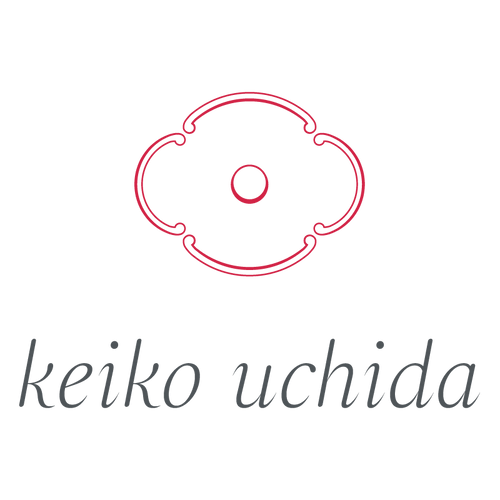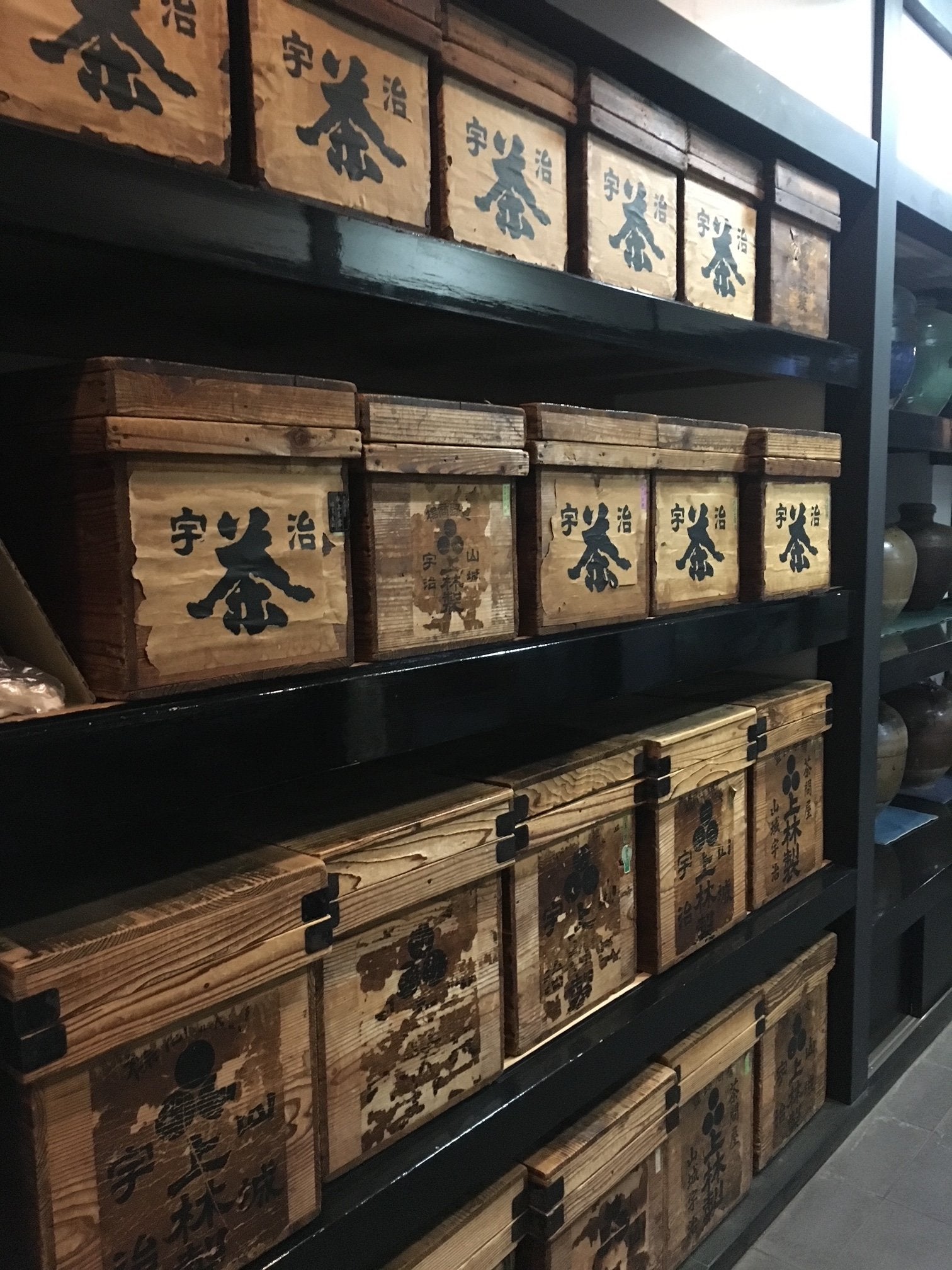I drink at least three cups of matcha tea every day. It lifts me up, and I find it very refreshing. Recently, I’ve been asked quite a few questions about the shelf life of matcha, so I’ve decided to answer them here.
We work with some of the best tea makers in Uji, Kyoto. Marukyu Koyamaen and Ippodo. They produce green tea for the Japanese Royal Family, and the main tea ceremony schools – Omote Senke (my school), Ura Senke, and Mushanokoji Senke. They rarely allow tea merchants to sell their teas together as they are Kyoto’s main competitors. I visit them both whenever I’m in Japan, and taste their best teas, see what they recommend and always ask them lots of questions!
The shelf life of our matcha is very short – only 6 months from the date of production in Kyoto. I understand that new, or less prestigious tea makers offer a shelf life of 12 months or even more on their products, so they can sell them for a long time without any problems. Some customers are tricked into thinking that if the best before date is in 7 months, it must be very fresh matcha, but actually it is not. It is completely misleading as each tea maker has a different shelf-life policy. Tea with a long shelf life is much easier to sell as you don’t have to mark it down as the best before date comes closer, but prestigious tea makers like Marukyu Koyamaen and Ippodo never produce very long shelf life matcha, as they know the taste won’t be the same 11 months after production. I recommend using up the matcha within 3-4 weeks of opening the tin, as the flavour will change when the tin has been open for a long time. It is also best to keep the tin in the fridge once it has been opened. Matcha is like wine, nobody drinks a bottle of wine slowly over 3 months. If you can’t finish the tin, I recommend using it to bake a matcha cake, or mixing it with vanilla ice cream.
We launched Ippodo’s very best matcha tea – Kanza - in June, which we got via a special arrangement with Ippodo, when I was in Japan this year. Kanza is not even available in Japan, as it only has a very limited production. It is only available at Ippodo’s New York Tea Salon and US customers. We have a great partnership with Ippodo, and they think we’re a great brand ambassador, so they arranged to specially deliver Kanza to us. It makes for a really luxurious afternoon tea, as you can taste incredible umami flavour as well as some gentle sweetness. I personally don’t like to label matcha as “ceremonial tea”, as our matcha is all ceremonial tea. I teach the Japanese Tea Ceremony, and I’ve always tasted only ceremonial teas – my teachers have never served less than ceremonial tea to me. I believe that the term “ceremonial tea” was developed for commercial use only outside of Japan. Well, Kanza is beyond “ceremonial tea” definitely.
Some people have also told me that some shops sell “Japanese matcha tea” much more cheaply than we do. Each tea maker produces higher grade and lower grade tea to attract a range of customers. We only stock the very best teas, from the very best tea makers. Very top tea makers only harvest tea leaves once a year, in the beginning of May. Some tea makers harvest lower grade tea leaves twice a year. Some tea makers say, “freshly harvested in autumn”, which is misleading as the best matcha tea should not be harvested in autumn. It means that they did a second harvest in the same year, and often the tea will be weak in flavour as they’re from a second harvest. This is the same with the term “second flush”. Marketing language is not always straight forward. I’m not saying that you should only trust me, and not any other tea merchant, but that you should know the tea maker’s production process and philosophy, and make an informed decision using your own judgement.
I know that Marukyu Koyamaen and Ippodo have each think themselves the best tea maker and have been producing tea with pride since the 18th century. I’ve noticed that this pride is typical to businesses in Kyoto. Many Japanese restaurants, tea makers, kimono makers and other long-established businesses won’t compromise their quality as they believe they are the best in the world at what they do and want to be able to pass of their reputation and quality to the next generation. Some people think they are stubborn and old fashioned, but I like Kyoto’s stubbornness as I know the people there are so kind and welcoming once they know we can understand the quality of their work.
It is still 30 degrees in Kyoto, and Ippodo’s staff told me they are looking forward to having an autumn breeze. There are many health and beauty benefits we can get from drinking matcha tea. Japanese people have been drinking matcha since the 12th century in Kyoto, the hub of Japanese tradition. I am drinking a cup of matcha tea and dreaming of my next trip to Kyoto, and of practicing the tea ceremony at Tofukuji temple.

